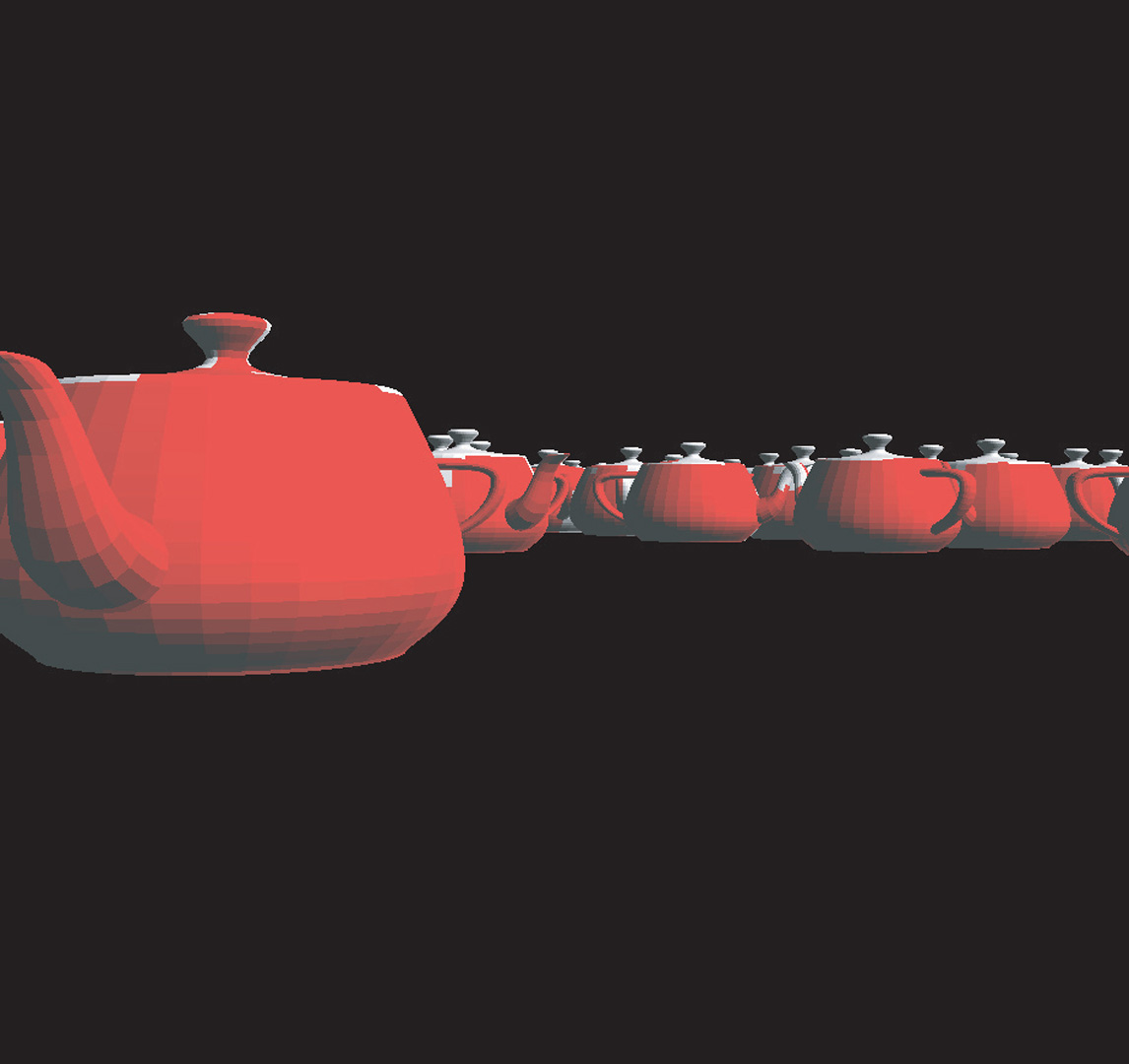“Depth-complexity based occluder selection” by Kurka
Conference:
Type(s):
Interest Area:
- Application
Title:
- Depth-complexity based occluder selection
Session/Category Title: Image Technology
Presenter(s)/Author(s):
Abstract:
Densely occluded regions containing many stacked objects along the line of view generally show a high local depth-complexity (DC). With respect to occlusion culling such regions require dense occluder-sets, in order to provide gap free occlusion. Using pure size or distance based selection heuristics fail to consider such regions. This sketch presents a novel dynamic occluder selection approach, which selects occluders that cover regions of high DC. Depth-Complexity Based Occluder Selection [Kurka 2001] is based on the evaluation of a low resolution (128×128 pixel) raw scene depiction (RSD), which is rendered once per frame by a simple but fast image-based rendering (IBR) technique.
References:
1. Kurka, G. 2001. Bildbasierte Auswahl verdeckender Objekte (image-based occluder selection). PhD thesis (205 pages, German), Johannes Kepler University Linz, Austria.
2. Zhang, H., Manocha, D., Hudson, T., Hoff, E. K. 1997. Visibility Culling using Hierarchical Occlusion Maps. In Proceedings of SIGGRAPH 1997, Addison Wesley. Whitted, T., Ed., Computer Graphics Proceedings, Annual Conference Series, ACM, 77–88.
3. Rohlf, J., Helman, J. 1994. IRIS performer: a high performance multiprocessing toolkit for real-time 3D graphics. In Proceedings of SIGGRAPH 1994, ACM Press / ACM SIGGRAPH, New York. Glasner, A., Ed., Computer Graphics Proceedings, Annual Conference Series, ACM, 381–395.




